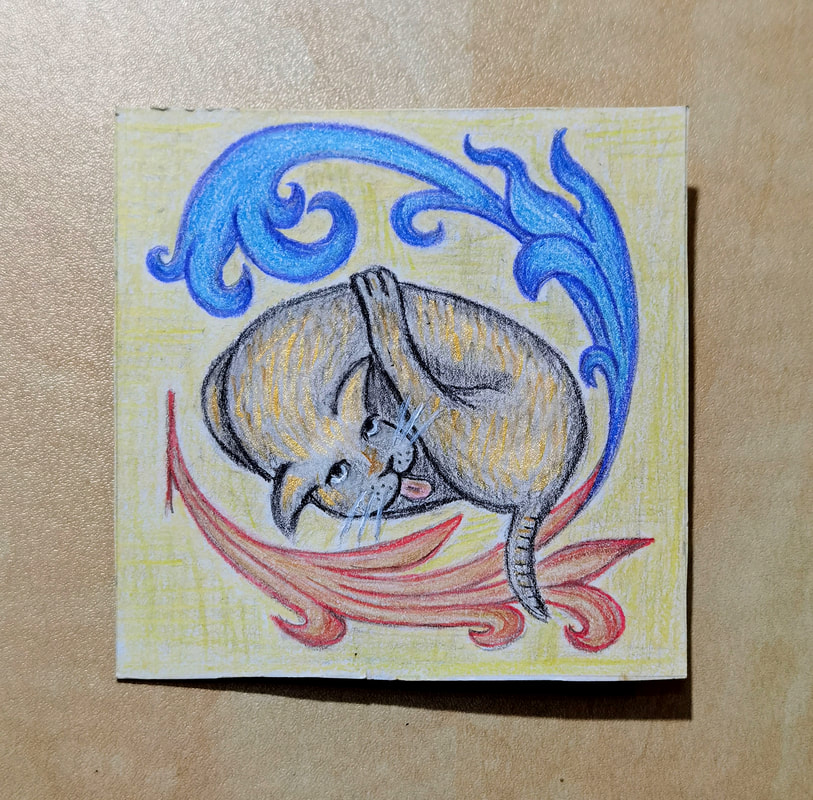|
Hi there! Yes, I know that you could think that we disappeared from the scene, especially if you don't follow us on Facebook or Instagram. The site news blog ain't getting updated, but there is a reason and it's a good one: we are terribly busy. Yanka is crocheting, and you won't believe what cuties she makes! It's just like every new one is cuter and funnier than the other. Only yesterday she finished a so funny amigurumi hen that I smile every time I remember it. When will you see it? I can't really tell. Look, I have to take pictures of each new cutie, fix them (pictures), to post a new product on RubyLane (so far it's the place we got sales) and only then I am ready to post it here but by this time a new product is ready, and the circle commences. So don't be angry with me, have trust, and better yet - follow us on Facebook and Instagram. Yes, also: AM ISRAEL HAI War won't stop us, and luckily our Post Office works as usual. Here few pictures for you that you still can't see in our shop. If you like something, write us a message soon. It happened already that a product was sold on RubyLane before I had a chance to upload it to the shop. Hope to talk to you again soon!
RF.
0 Comments
 Medieval art and illumination offer a captivating glimpse into the past, where talented artists expressed their creativity through intricate drawings and vibrant colors. Within these beautifully crafted manuscripts, one can find a fascinating array of peculiar creatures that sparked the imagination of both the artists and the people of that time. These manuscripts, known as illuminated manuscripts, were meticulously created by skilled artists called illuminators. They painstakingly handwrote texts and adorned them with elaborate illustrations and decorative designs. These precious works of art were often commissioned by wealthy patrons or religious institutions. Among the enchanting imagery found in illuminated manuscripts are the depictions of peculiar creatures. These fantastical beings played a significant role in medieval art and symbolism. Artists drew inspiration from mythology, folklore, and religious beliefs to create these extraordinary creatures. For example, the griffin, a mythical creature with the body of a lion and the head of an eagle, symbolized strength and nobility. Artists skillfully depicted the griffin with intricate details, showcasing its majestic presence.  Another captivating creature frequently encountered in medieval illuminations is the unicorn. This legendary creature, resembling a horse with a single horn on its forehead, was associated with purity and enchantment. Artists rendered the unicorn with grace and elegance, capturing the imagination of viewers. Dragons, with their fierce appearance and mythical attributes, held a prominent place in medieval art. These majestic creatures embodied power and represented both good and evil. Artists portrayed dragons with scales, wings, and fiery breath, showcasing their awe-inspiring presence. Beyond these mythical creatures, illuminated manuscripts also depicted scenes from daily life during medieval times. Artists captured the essence of castles, knights, villages, and lively markets, offering a glimpse into the rich traditions and customs of the era. Medieval art and illumination were deeply rooted in religious beliefs and cultural practices. Artists often incorporated symbolism and allegory into their works, aiming to convey moral or spiritual messages. These manuscripts were not only sources of knowledge but also reflections of the beliefs and values of the medieval society. By exploring the world of medieval art and illumination, we gain insight into the creativity, craftsmanship, and imagination of those who lived centuries ago. These peculiar creatures and rich traditions continue to inspire and captivate audiences today, connecting us to a fascinating era of human history.
|
AuthorWritten by Arf - and occasionally by Yanka herself. Archives
July 2024
Categories
All
|

 RSS Feed
RSS Feed